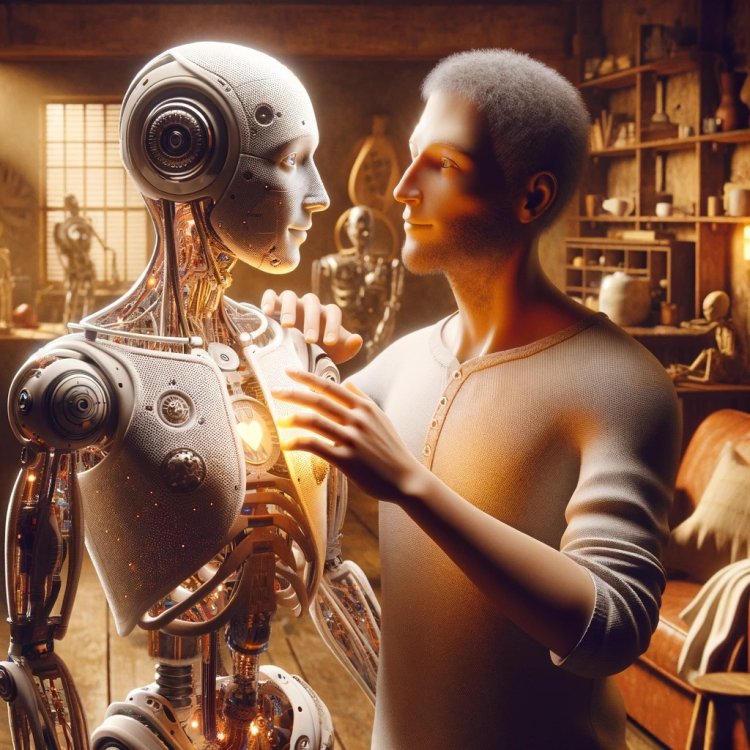AI and the Art of Imperfection: Why Flaws Could Be the Key to More Human-Like Machines
This article explores the unconventional idea that introducing imperfections into artificial intelligence could make machines more human-like and relatable. It delves into the benefits of designing AI with flaws, such as increased creativity, adaptability, and emotional intelligence. Through theoretical insights and practical examples, the piece presents a compelling argument for the value of imperfection in AI, encouraging a shift in how we approach the development of future technologies. It also addresses the ethical considerations of this approach, ultimately envisioning a future where AI can better understand and connect with human beings through shared imperfection.

In a world striving for perfection, the inherent beauty of imperfection often goes unnoticed. Yet, it is precisely these imperfections that make us uniquely human. "AI and the Art of Imperfection: Why Flaws Could Be the Key to More Human-Like Machines" explores the intriguing premise that introducing flaws into artificial intelligence (AI) could bridge the gap between cold, calculated machines and the warmth of human interaction.
Embracing Imperfection in AI
The quest for perfect AI has long been the goal of developers and scientists. However, this pursuit often overlooks the essence of human nature—our imperfections. By integrating deliberate imperfections into AI systems, we can create machines that better understand and interact with the human condition. This section delves into the theoretical and practical aspects of designing AI with flaws, drawing parallels with human characteristics such as creativity, unpredictability, and emotional complexity.
The Humanity of Error
Errors and mistakes play a crucial role in learning, growth, and innovation. This article examines how incorporating the ability to err into AI could lead to more adaptable, creative, and ultimately more human-like machines. It discusses how these 'flawed' AIs could transform our interaction with technology, making it more intuitive and engaging.
Case Studies: Imperfection in Action
Highlighting various initiatives where imperfection has been successfully integrated into AI design, this section showcases the potential of flawed machines to revolutionize fields such as art, education, and therapy. From AI that composes music with an intentional lack of mathematical precision to chatbots designed with personality quirks, these examples underscore the value of imperfection in creating more relatable AI.
Ethical and Philosophical Implications
Introducing imperfection into AI raises profound ethical and philosophical questions. What does it mean to deliberately design imperfection? How do we define the boundaries of these imperfections to ensure they enrich rather than hinder AI's role in society? This discussion encourages readers to ponder the balance between perfection and imperfection in the development of future technologies.
Towards a More Human AI
"AI and the Art of Imperfection" argues that the future of AI lies not in the pursuit of flawless machines but in embracing the imperfections that define the human experience. By recognizing the value of flaws, we can pave the way for more empathetic, understanding, and genuinely human-like AI.
Accompanying this exploration is an image that captures the essence of integrating imperfection into AI, depicting a humanoid robot with noticeable flaws interacting warmly with a human. This visual metaphor powerfully conveys the message that imperfections can be the key to unlocking a new level of connection between humans and machines.
What's Your Reaction?




















